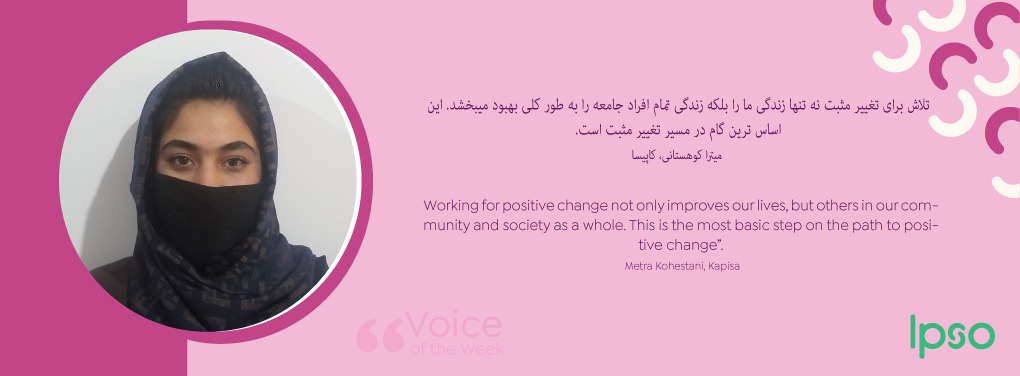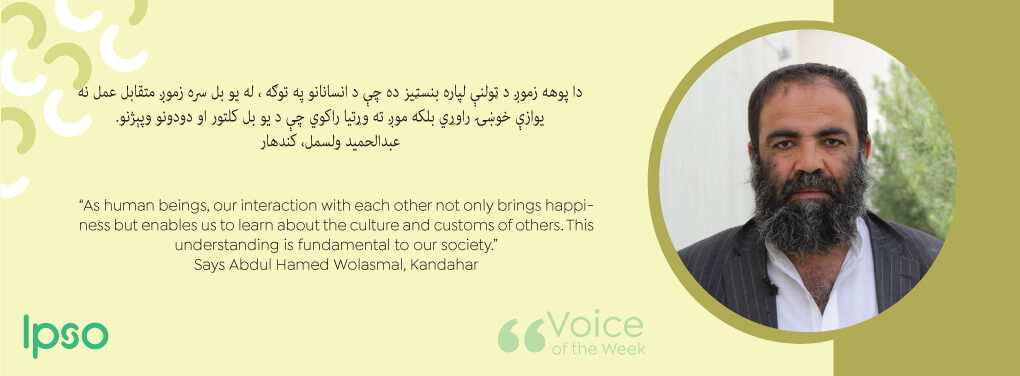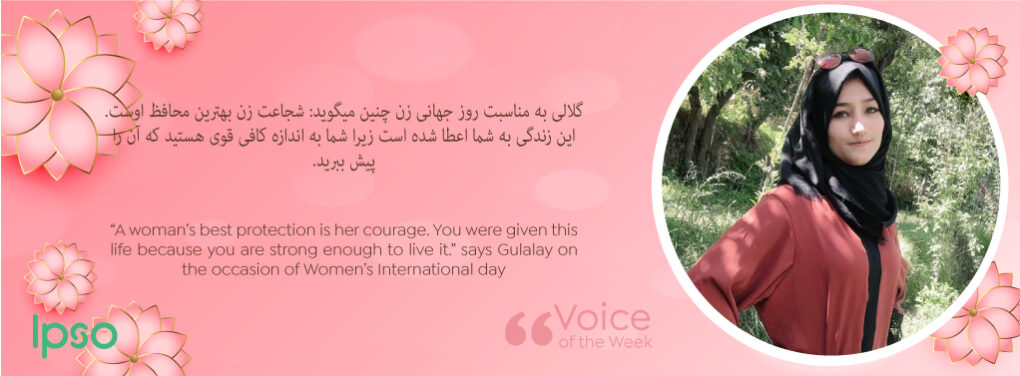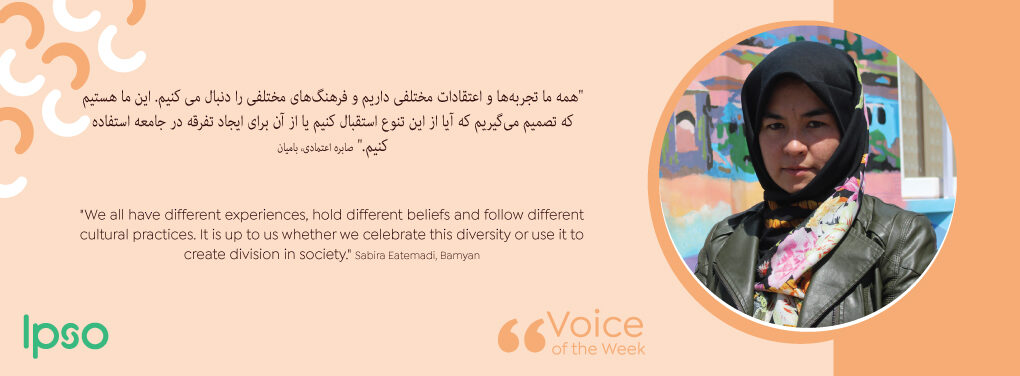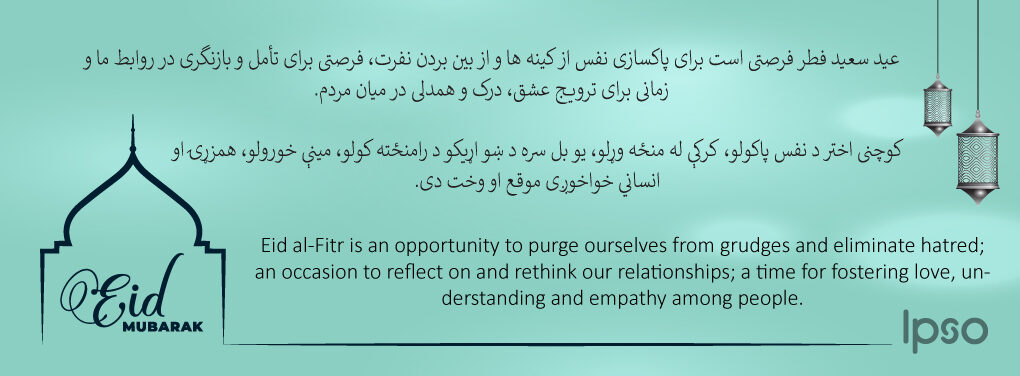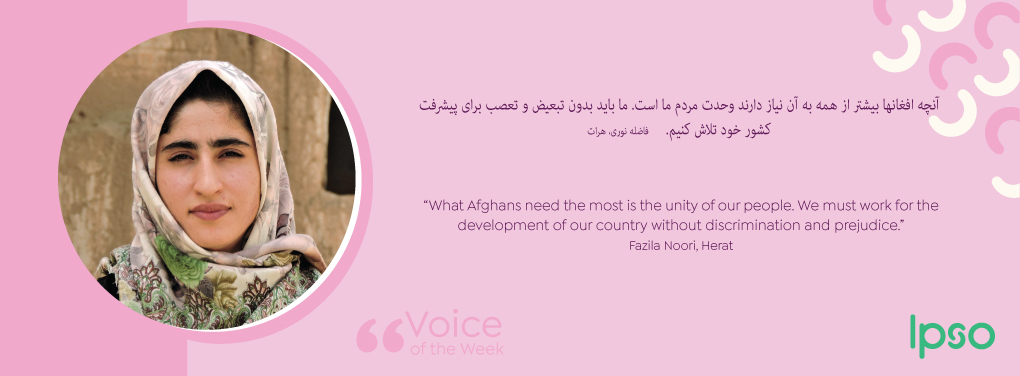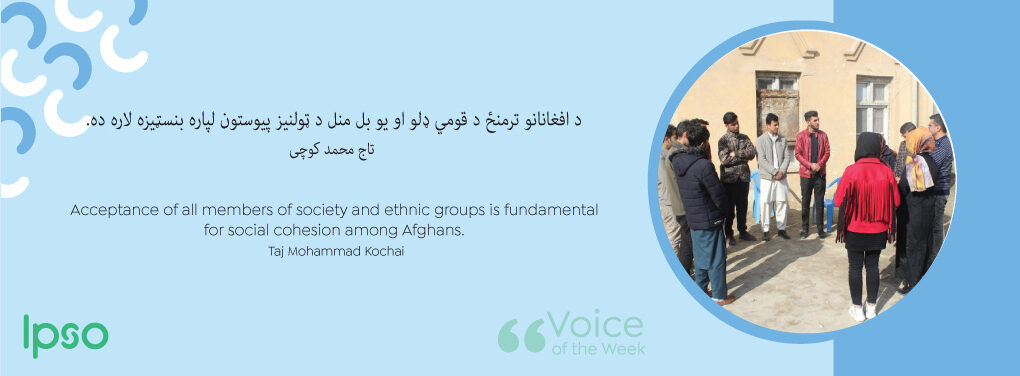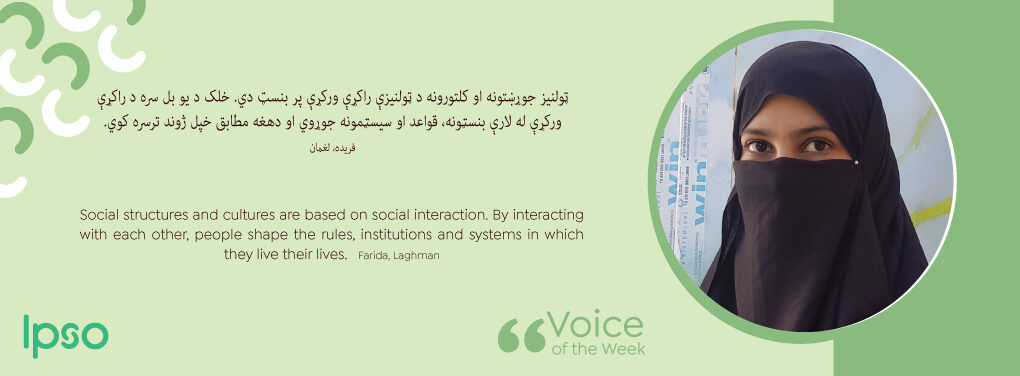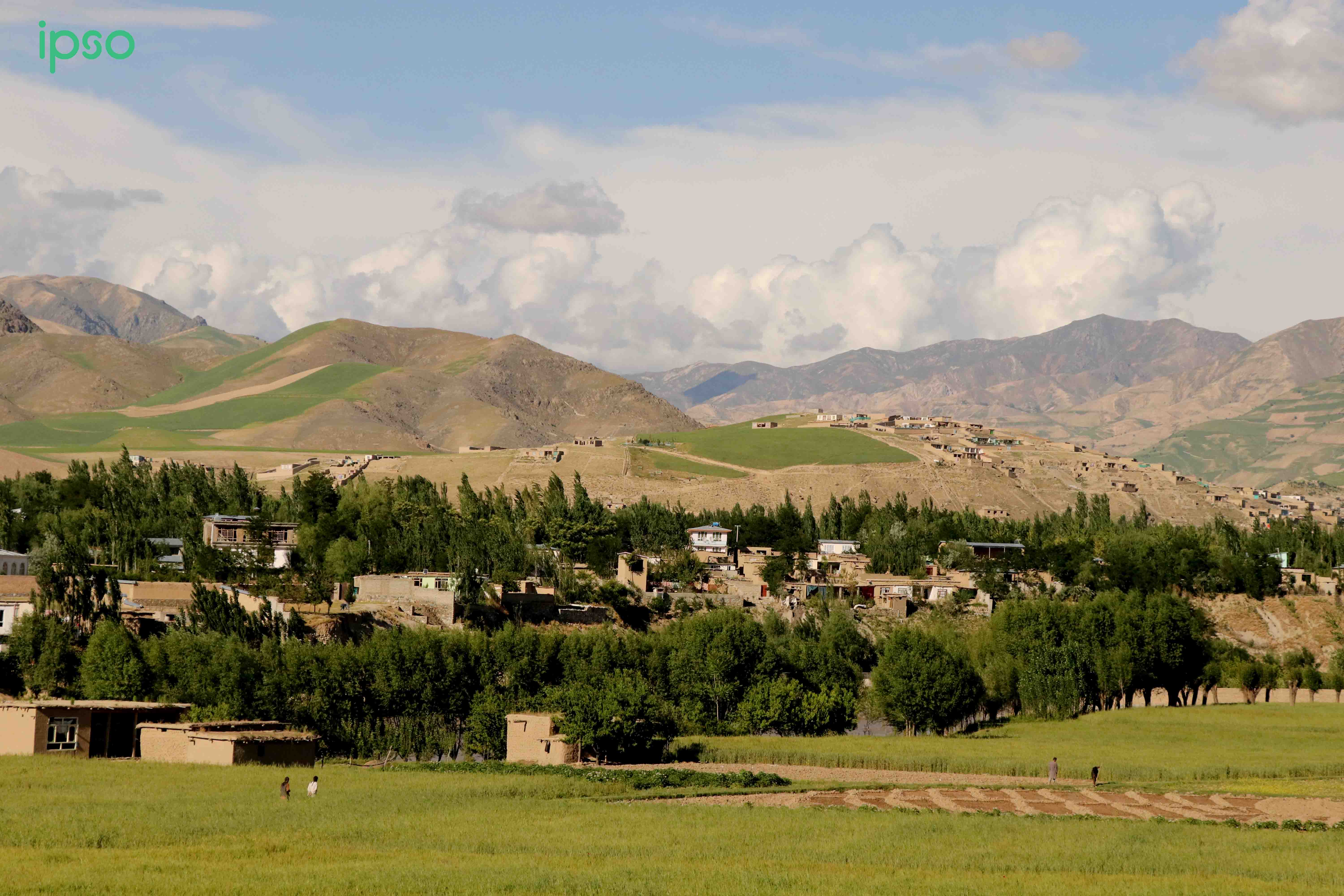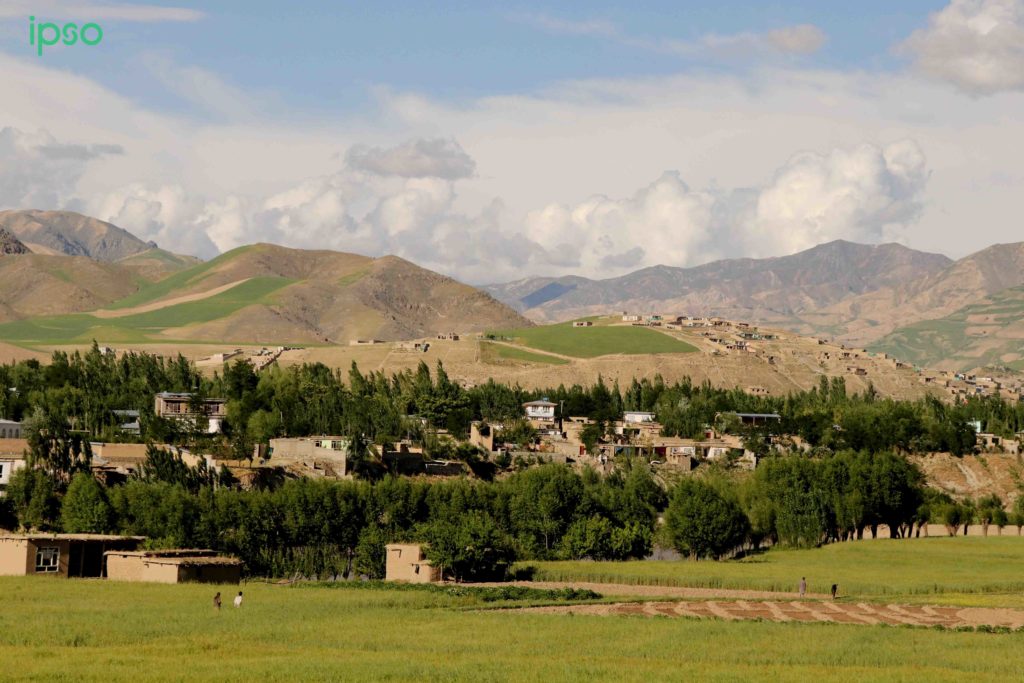In Badakhshan province, when a girl in one family and a boy in another family are born on the same day, the boy-child’s relatives might throw a log of wood into the compound of the house where the girl was born.
The log represents a message of the girl’s family that the boys’ relatives wish to marry the new-born girl to him when they are adults. This long-established tradition in Badakhshan is explained by Ahmad Nabil Qarizada, a resident of Faizabad: “In our village, when male and female children are born to close or neighboring families, the relatives of the new-born boy will throw a wooden log into the house of the girl’s family to signal their wish that she be his future wife.”
He adds: “Although the boy and the girl are still infants, when this happens the new-born girl is considered to be engaged to the new-born boy, so other families cannot ask her family to marry their son. The aim is to strengthen ties between families and sustain their close relationship.”
While this may be one consequence, the tradition often causes problems. When the children who have been ‘promised’ shortly after birth grow up, they may not agree with the promises made by their families. In other cases, parents might reconsider their choice at the time of their children’s birth, and this can cause disputes between families. As Nabil explains “While the purpose of the tradition is to strengthen friendships, it can lead to tension and conflicts between families.”
Ahmadyar, resident of Ahmadir village in Raghistan district of Badakhshan, confirms that the consequences of these customs can be negative and over time lead to animosity between families. He says “Two related families in our village were on good terms when one of the mothers gave birth to a boy on the same day as another mother gave birth to girl. The boy-child’s relatives threw a log into the compound of the girl-child’s family girl.”
Yar continues: “As both grew up, the boy became afflicted with illness, so the girl’s father decided that his daughter should marry another young man in the same village. As a result, a quarrel broke out between the members of the two families, as it was felt that the girl’s father had broken a vow and somehow dishonored the boy’s family. To this day, they have not been able to reconcile their differences.
There are a number of different ways in which this tradition is practiced in Badakhshan says Sayed Hussain, another resident of the area. “In our village, if a male and a female child is born at the same time to two related families, the family of the boy cooks special food for the other family, as a way of engaging them at a very early age. Strangely, this practice is referred to as ‘throwing a log of wood.”
Hussain adds: “This tradition serves to strengthen ties between families in the community, and to maintain close kinship. It effectively prevents those outside the kin group asking for the hand of the girl from her family.”
The tradition is still common in remote villages, but elsewhere in Badakhshan it is less often practiced.
The Afghanistan Independent Human Rights Commission reports that between 60-80% of marriages in the country are forced.



